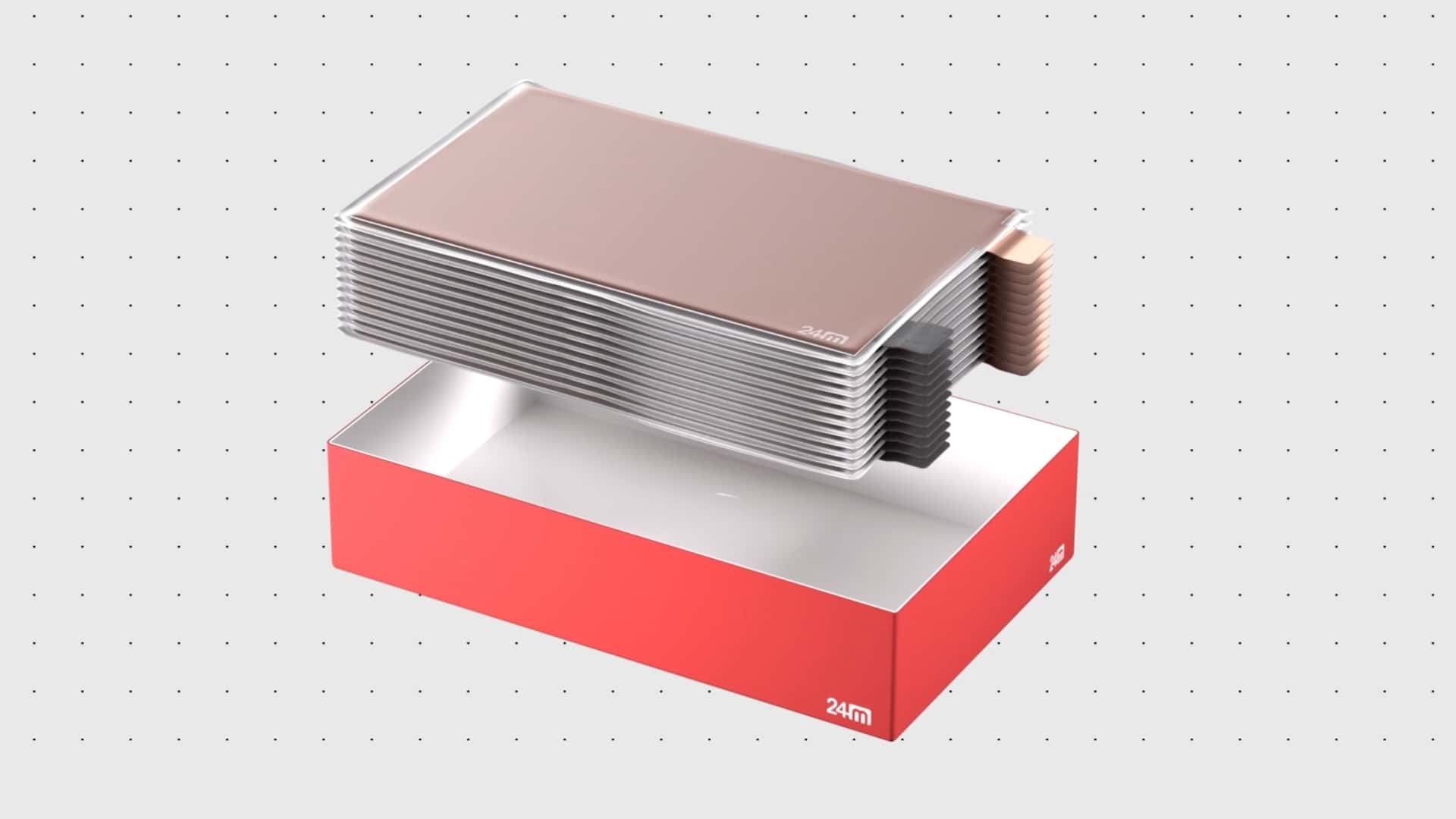Key Takeaways
- An American company, 24M Technologies, is innovating lithium-ion battery design with its electrode-to-pack (ETOP) approach.
- This new method aims to enhance energy density and efficiency by integrating electrodes directly into the battery pack, potentially allowing for up to 1,000 miles of range per charge.
- The shift to ETOP may present challenges for scalability and defect management but represents a strategic response to competition from established Asian battery manufacturers.
Transforming Battery Production
24M Technologies, based in Massachusetts, is aiming to revolutionize lithium-ion battery manufacturing with its innovative electrode-to-pack (ETOP) design. This new approach promises to eliminate waste and significantly improve energy efficiency, catering to various applications by accommodating different battery chemistries and sizes.
Electric vehicle battery manufacturers generally focus on maximizing range while reducing costs. This involves improving safety, fast charging, and recyclability—all directed at delivering more energy using a smaller, cheaper battery. Traditionally, battery makers have transitioned from conventional cell designs to more integrated formats, such as cell-to-pack and cell-to-body structures. However, 24M is going a step further, eliminating the individual battery cell entirely.
The ETOP method integrates the battery’s anodes and cathodes directly into the pack. In conventional designs, non-energy-carrying materials, such as cell casings, occupy a significant portion of the battery’s volume, which impacts energy density. By integrating electrodes directly into the battery pack, 24M claims that up to 80% of the battery volume could be used for active energy-storing components. This could potentially result in ranges of up to 1,000 miles per charge—double the capabilities of the best electric vehicles currently available.
Naoki Ota, President and CEO of 24M, stated that the company seeks to drive innovation in battery technology amid rising competition from foreign manufacturers, particularly in China. He emphasized that merely scaling up production won’t suffice for U.S. industries relying on imported batteries. Advancing technology domestically is crucial for maintaining competitiveness.
While the ETOP design holds promise for various uses, including electric vertical takeoff and landing (eVTOL) aircraft, it also faces obstacles. The current battery manufacturing infrastructure largely relies on traditional formats, making it costly to transition to a fundamentally different system. Additionally, addressing design defects presents a challenge. In conventional batteries, defects are often contained within a single cell, but the sealed nature of ETOP complicates defect diagnosis and management. The inactive materials present in traditional designs also aid in thermal management, which is vital for battery performance and longevity.
Despite these challenges, the innovation strategy employed by 24M aligns with the pressing need for U.S. companies to compete with leading Asian manufacturers like CATL and BYD. To gain a competitive edge, it is essential for the U.S. to develop unique methods that can be produced domestically at scale and tailored to the needs of American consumers. Without this, the gap with foreign battery producers is likely to widen further.
The content above is a summary. For more details, see the source article.















